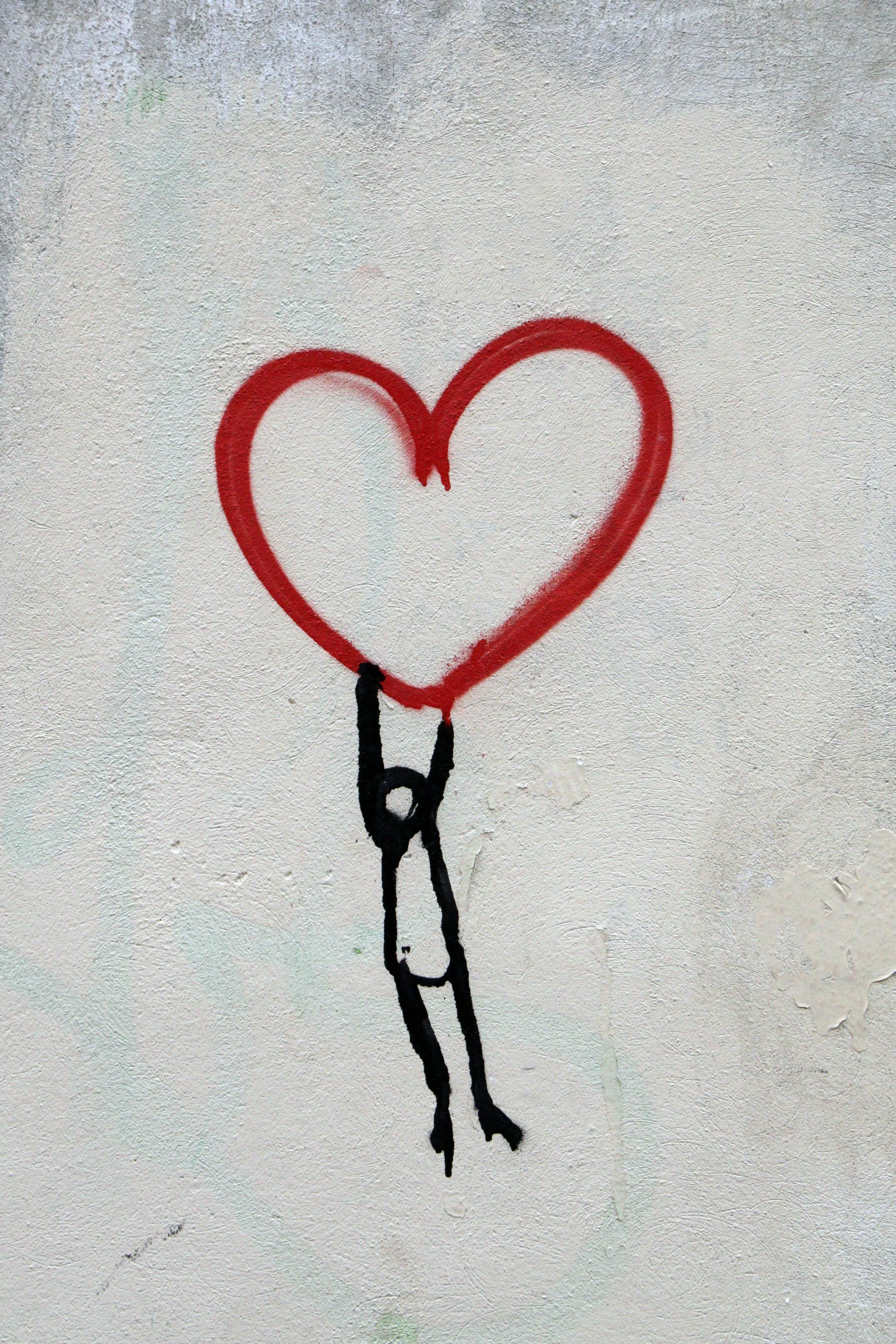Why Women Should Re-learn The Signs Of A Heart Attack
By Adele Whipps
Heart attacks are depicted as a common plot device in sitcoms, dramas, and movies.
We’ve all seen it: A male character grabs his arm in confusion and then seconds later clutches his chest in pain before collapsing dramatically to the floor. The audience sees the attack coming from a mile away.
The characters experiencing heart attacks on tv are almost always male, and their visible symptoms are always the same. This stereotypical, made-for-tv heart attack scenario leaves a lot out of the picture. And when people only get half a picture of something as serious as a cardiac emergency, the consequences can be dire.
The one instance I can recall of a female character having a heart attack was on the hit sitcom, Friends. The episode, called “The One That Could Have Been,” takes place in an alternative timeline. Phoebe, normally an easy-going, sweet-tempered character, becomes a high-powered stockbroker with a penchant for yelling and smoking. After losing $13 million, Phoebe’s chest starts to hurt and she can’t breathe.
She doesn’t really know what’s going on until she experiences “shooting pains” up and down her left arm, then it’s clear to her (and to the audience) that she’s having a heart attack.
Half The Picture: What Cliches Leave Out Is Exactly What YOU Need To Learn (Before It’s Too Late)
The issue is that these cliche symptoms, while common in male victims, are not always as common in female ones. The more common symptoms experienced by female heart attack victims are often dismissed because they don’t seem “serious.” Symptoms like jaw pain, shortness of breath, and dizziness aren’t usually considered medical emergencies––most of the time they are attributed to simple stress or anxiety.
What’s more, unlike their television portrayals, real-life heart attacks do not always come on suddenly. Heart attacks often progress over a number of hours or even days. The long-term, underlying factors that make a critical heart attack more likely to happen are as important to know as the acute symptoms one feels after the emergency has already set in.
Heart Disease is the number one killer of women in the United States, and the most common cause of death in these cases is a severe heart attack. Being aware of your body and the signs associated with a heart attack is more important than ever. Understanding how that body and those signs differ for female victims is critical.
Within the category of female vs. male heart attacks, not all women experience a heart attack the same way. Identifying potential risk factors that increase your chances of future heart problems is an important first step. These include a range of factors such as race, cholesterol levels, and activity level. Whether it’s factors you can control, such as lifestyle choices, or things you can’t, like genetics, these factors can all affect the likelihood of heart disease and heart attacks.
Friends didn’t get it completely wrong when they depicted a highly-stressed, smoking female as one that’s more likely to suffer a heart attack. A well-balanced diet (such as the one recommended by the CDC) and regular activity are great ways to help prevent heart problems. Quitting smoking decreases your risk of coronary heart disease by 50 percent (heart.org).
Does your family have a history of heart disease? Does it run on your mother’s side or your father’s? What can your relatives tell you about heart health in their lives and the lives of grandparents, aunts, or cousins?
Learning your family history and letting your doctor know about any potential risks could help you down the line. Even if you don’t have an immediate family member with heart issues, a family history of high blood pressure, high cholesterol, or high blood glucose are serious risk factors that you need to take into consideration.
Handling The Worst Case Scenario: Learning To Take Your Pain Seriously, Before It Becomes Serious
No matter how prepared we try to be, it’s impossible to predict when something will go wrong. Survival and recovery begin with an understanding of how––and why––women tend to be unprepared for a cardiac emergency.
One of the biggest factors influencing this alarming trend is the tendency of women to ignore their symptoms, even when something doesn’t feel right. This could be the unfortunate side effect of societal pressure to put ourselves last or even the more upsetting trend of medical professionals waving off women’s medical emergencies and pain as purely psychological in origin. It’s more common for female victims to take an aspirin and lay down, rather than call 911. If women don’t act on their instincts and take their symptoms seriously, it could lead to severe consequences, including death.
Pay attention to how you are feeling. A heart attack might present itself as:
Shortness of breath - this can be described as feeling like you’ve run a marathon when you haven’t done anything, or as a sense of your lungs “not filling up all the way,” no matter how deep your breaths are.
Back pain - this may feel as though a rope is being squeezed around your body, and tends to be more of an “ache” than an acute pain.
Fainting and dizziness - these sensations aren’t always “blackouts” like you see in the movies, but can be an abrupt sense of being exhausted to the point of immobility. Disorientation is another common way women describe this symptom.
It’s important to remember that, on average, women have a higher pain threshold than men. Even dull aches and pains should not be ignored, especially if they occur around your chest area or your upper back, arms, and neck. Swelling or edema is another symptom that can tip you off to heart troubles, and this may be one of the earliest signs that you need to seek medical assistance.
When in doubt, call 911 or have someone take you to the hospital. Don’t let embarrassment or doubt get in the way of potentially lifesaving care: It’s far better to be overly cautious than it is to suffer potentially fatal aftereffects.
To learn more about heart attacks in women and what to look for, check out these resources:
THIS ARTICLE WAS MADE POSSIBLE BY OUR PARTNERS AT MONTGOMERY CARDIOLOGY! THANK YOU FOR SUPPORTING WOMEN’S HEALTH, WELLNESS, AND EMPOWERMENT HERE ON THE FEM WORD <3
The views, thoughts, and opinions expressed in this article belong solely to the author, and do not necessarily reflect the position of The Fem Word organization. Any content provided by the author are based on their opinions and are not intended to malign any religion, ethnic group, club, organization, company, individual or anyone or anything.
The resource links are being provided as a convenience and for informational purposes only; they do not constitute an endorsement or an approval by the The Fem Word of any of the products, services, or opinions of the corporation or organization or individual. The Fem Word bears no responsibility for the accuracy, legality, or content of the external site or for that of subsequent links. Contact the external site for answers to questions regarding its content. Any content provided by The Fem Word is not intended to malign any religion, ethnic group, club, organization, company, individual or anyone or anything.


